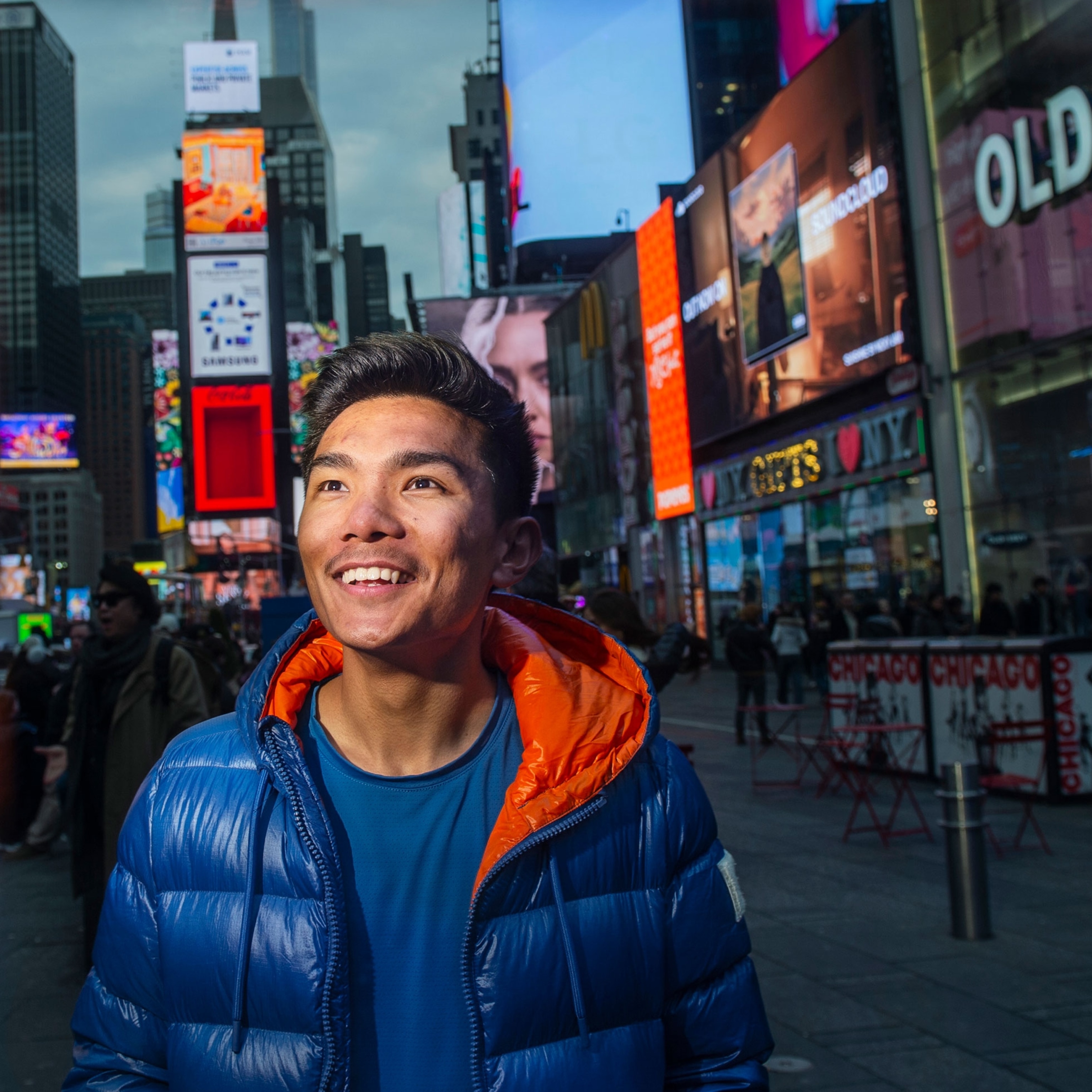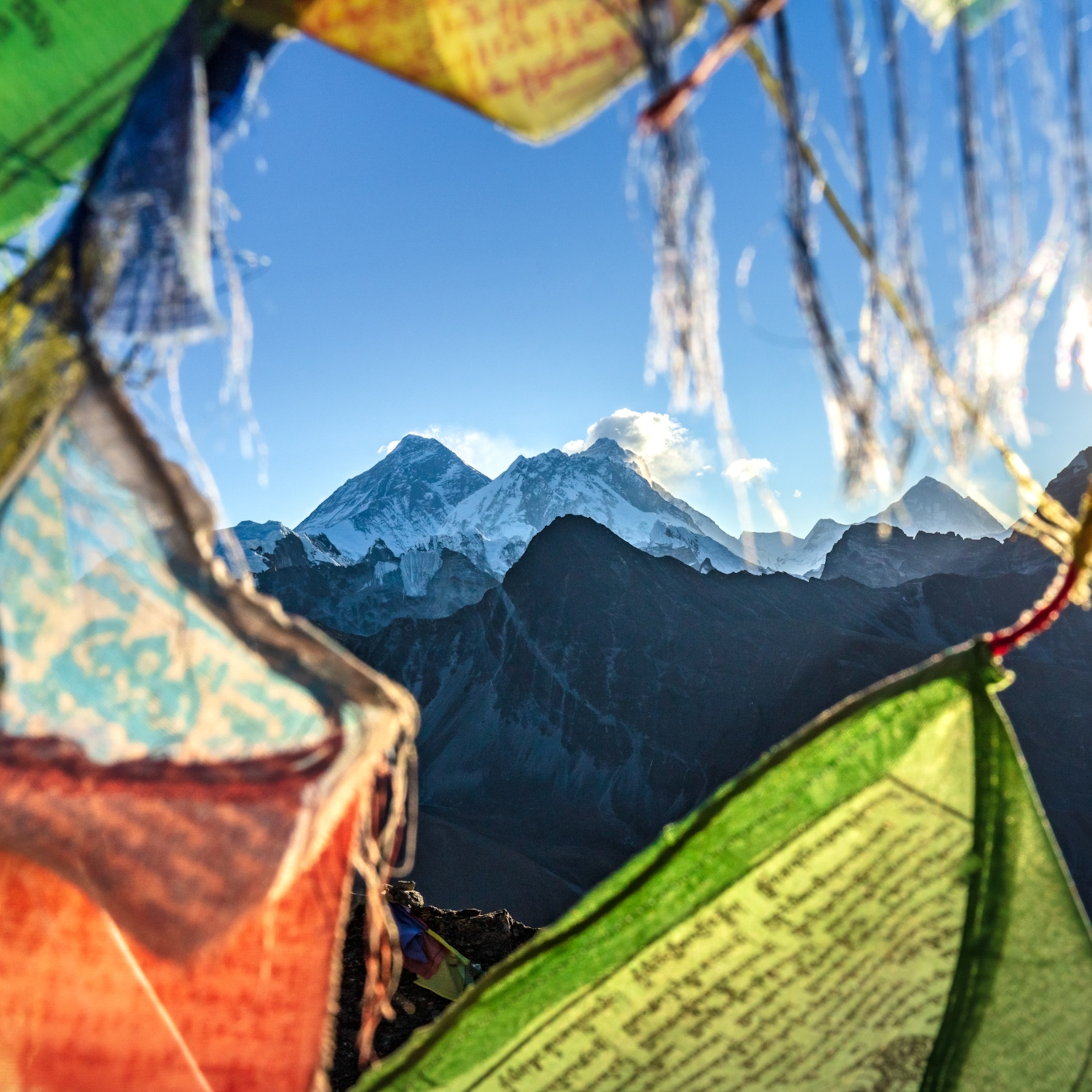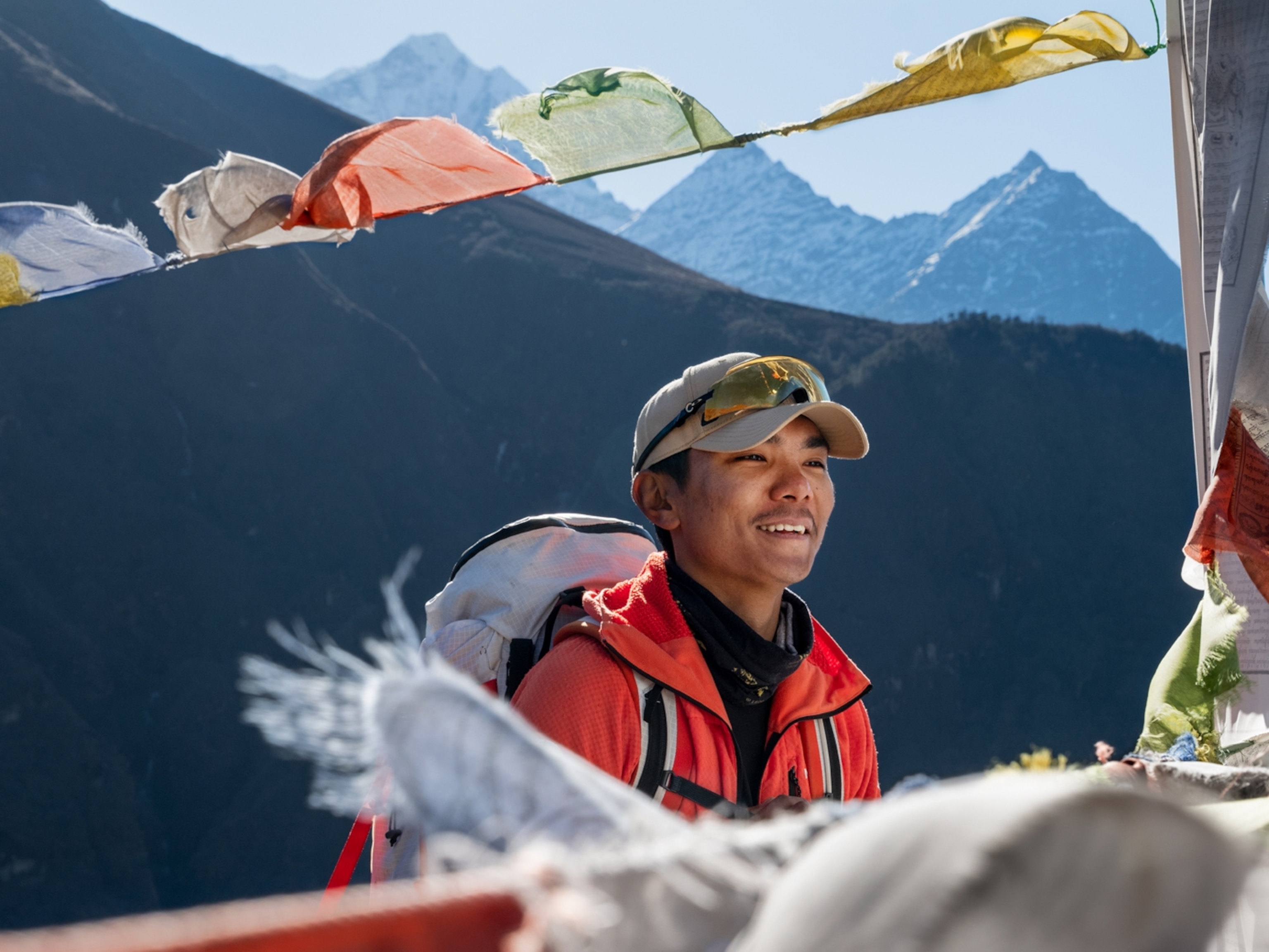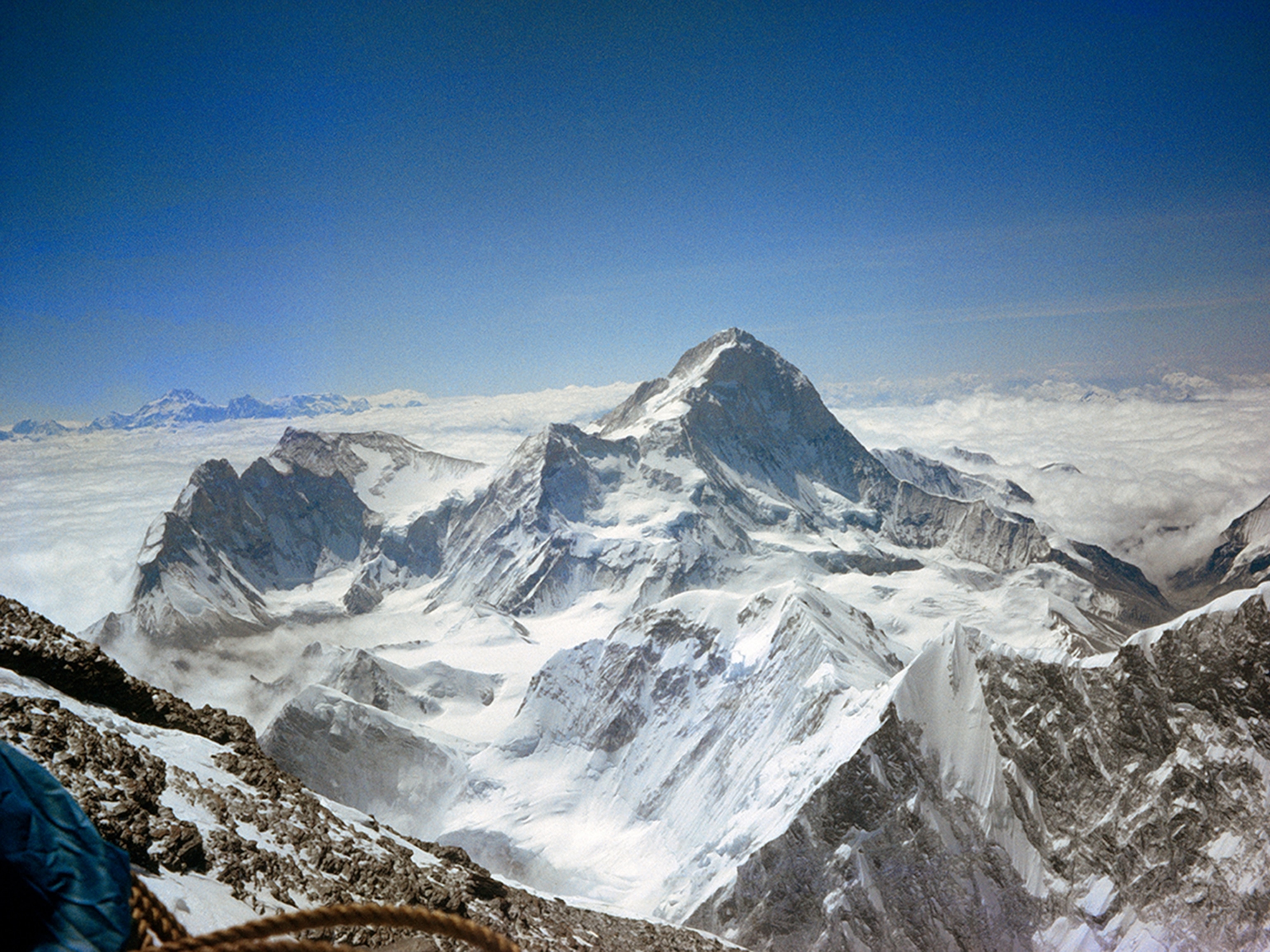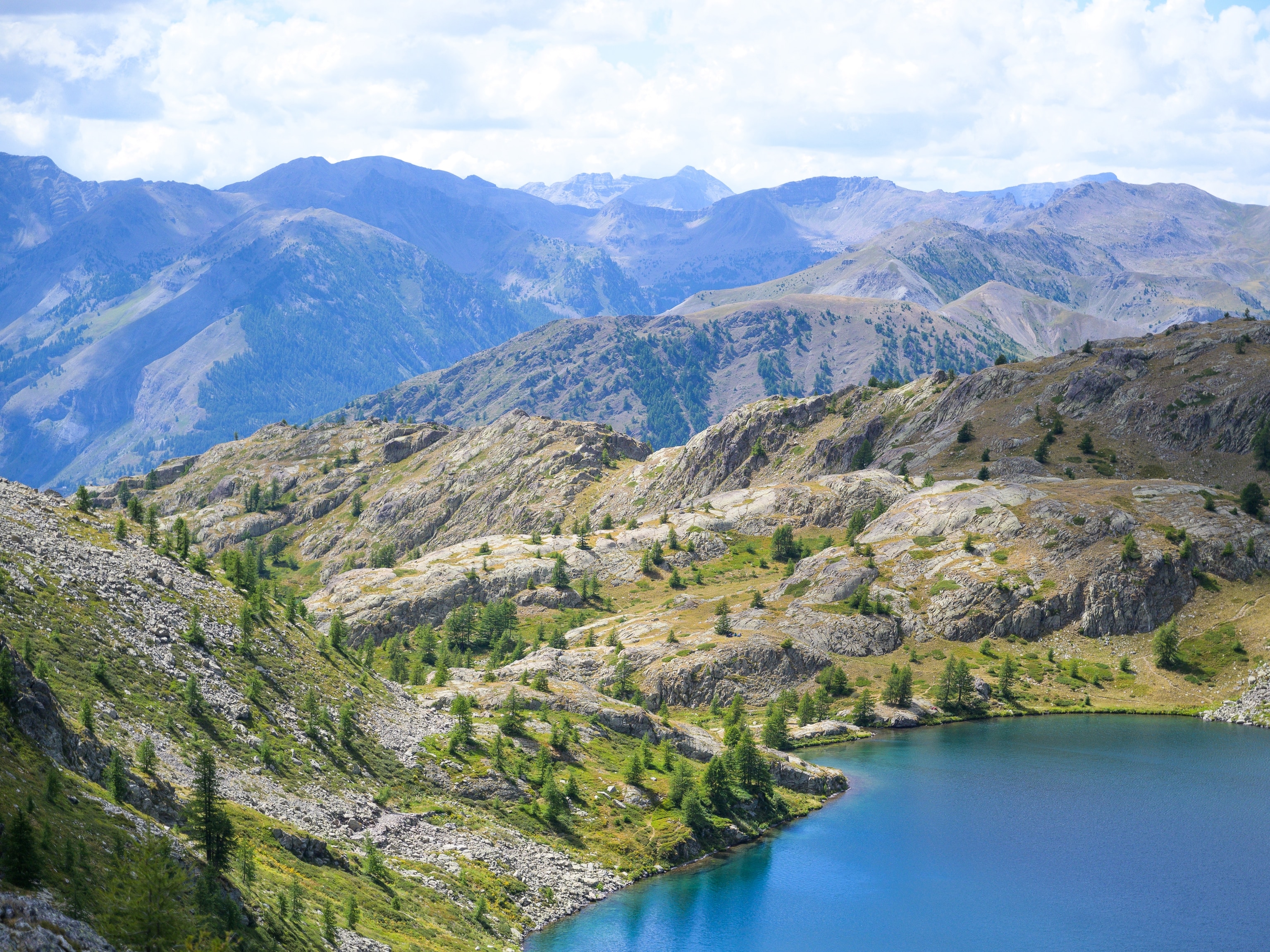
Elite Climbers to Blaze New Route up Everest
Climbing without bottled oxygen or Sherpa support, team tackles unclimbed line on Northeast Face.
As the spring mountaineering season gets underway in the Himalaya, all eyes are once again on Everest as climbing teams embark on their attempts to summit the world’s tallest mountain. What often gets lost in the annual Everest media frenzy is the fact that the mountain has 16 other routes (see graphic) beyond the two standard trade routes that most climbers pay guiding companies to lead them up, not to mention thousands of acres of terrain that has never been explored.
According to the Himalayan Database, Everest has been summited 7,001 times. Of these ascents, 97 percent have been via the Southeast Ridge (4,421 ascents) and the North Ridge (2,580 ascents). The rest of the mountain remains largely unknown to the general public.
This week, a team of alpinists, including Canadian Raphael Slawinski and Germans David Goettler and Daniel Bartsch, will be heading to the north side of Everest to attempt a new route on the Northeast Face. If successful, it will be the first new line on Everest since 2004, when a 20-member Russian team forged a directissima, or nearly straight route, up the center of the North Face.
The Canadian/German team plans to climb in alpine style, which means they won’t use sherpas, fixed ropes, or supplemental oxygen.
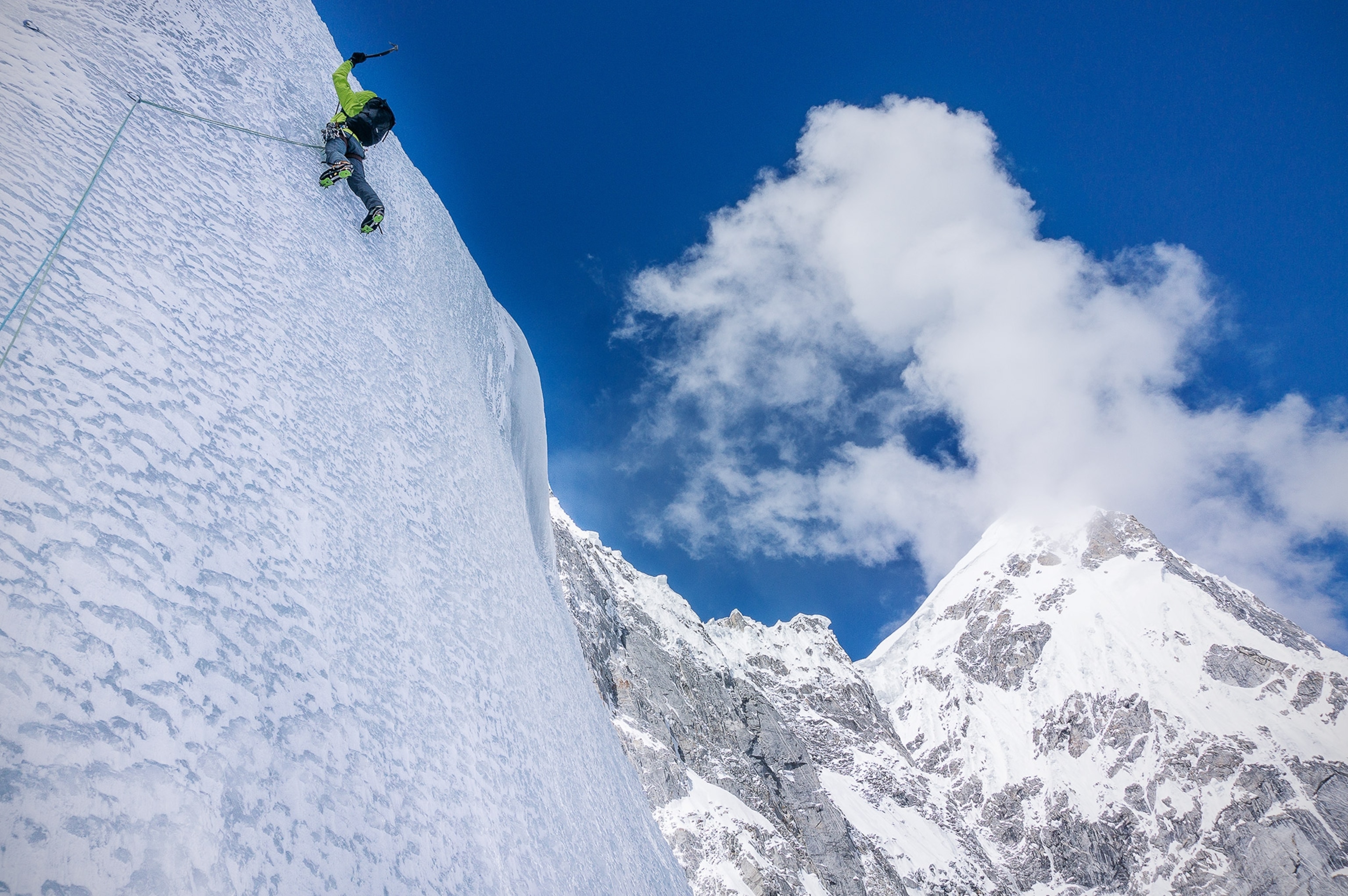
I don't think what will stop us is a hard move that we cannot do. I think what could stop us is the altitude.
We caught up with Slawinski, 48, a few days before his departure while he was between classes at Mount Royal University, where he is an associate professor of mathematics and physics. Slawinski, who emigrated from Poland in 1979, is one of Canada’s leading alpinists, and the winner with Ian Walsted of the coveted 2014 Piolet D’Or for the first ascent of the 23,294-foot (7,100-meter) K6 West in the Karakoram. (The pair were also named National Geographic Adventurers of the Year for the feat.)
Slawinski weighs in on the allure of forging a new route on the world’s tallest mountain, the commercialization of the Everest guiding industry, his prefered style of climbing, and what drives him as a mountaineer to explore the unknown.
What is your motivation for doing an unclimbed route on Everest? Why did you choose this particular objective?
When Ian Welsted and I were planning our 2013 trip to Pakistan, we were casting about for objectives, and we toyed with the idea of going for one of the 8,000-meter (26,247-foot) peaks in the Karakoram. But we decided against it because we felt that we didn't have enough experience to try an 8,000-er by anything other than a normal route, and we were just not terribly interested in any of the normal routes. I really haven't gained that much more experience since then, but what drew me to this route is that it's a new line on an 8,000 meter peak, but at the same time it doesn't seem crazy hard. It's a way to get up an 8000-er by a new route, without battling all the crowds.
Tell me about the route itself.
The Northeast Face starts at 6,500 meters (21,325 feet) and tops out around 8,000 meters, where it joins the normal North Ridge route. The face only has one (climbed) line on it, the 1996 Russian Route, and there is plenty of room for more.
I’m actually not totally sure what the terrain will be like on the face, but it looks like it will be mostly 50-degrees (incline) and below. A lot will depend on the snow and ice conditions and the quality of the rock. I’m guessing we will simul-solo large sections. (Editor’s Note: Simul-soloing is when all the members of a team free solo, or climb without using ropes.)
I don't think what will stop us is a hard move that we cannot do. I think what could stop us is the altitude. If I find that my body doesn't let me summit without using extra oxygen, I will be disappointed for sure. But I don’t want to climb a lower mountain, and effectively, that’s what you’re doing when you use supplemental oxygen.
This is going to sound harsh and elitist, but ultimately I think the majority of people climbing on Everest have no business to be in these mountains.
How long do you plan to be on the climb?
Once we’re acclimatized, which we’ll do with the crowds on the North Ridge, I’m picturing one bivi on the face and one where it joins the ridge, so three days base to summit. We’ll carry everything we need for the climb in our packs. The loads should actually be less than on K6 because we can split the group gear, like the tent, stove, and fuel between three people instead of two. I’m hoping our packs will be somewhere between 12 and 15 kilos (26-33 pounds).
Did you consider any of the “king lines,” like the Kangshung Face, for example?
That face just looks scary. I have friends who have tried it, and they told me about some of the avalanches that would basically flatten tents in base camp. It is glorious, but the level of risk and commitment is beyond what I am prepared to undertake. The Northeast Face is a good compromise. It’s not nearly as dangerous as the Kangshung Face, and it is relatively easy to access from the North Ridge. It’s also well suited to be climbed in alpine style.
Watch: Raphael Slawinski explains his outlook on climbing as he conquers a new route in the Canadian Rockies.
What does it means to climb in “alpine style”?
To me, alpine style means climbing in the big ranges the way you would climb in the Rockies or the Alps. You just put your pack on at the car and off you go for a day or two or however long it takes. It’s really the only style of climbing I care about, and it's a lot easier logistically and financially because you are not involving a whole bunch of people to carry your stuff.
How does that differ from “siege” or “expedition” style climbing?
A friend of mine, a Polish mountaineer, has guided the North Ridge five times, and the way he described it to me is that the route is fixed from base to summit, every meter of the way. It means that you really don't need the more traditional climbing skills like using an ice axe, belays, and protection. I am not saying that there is no effort or danger. You are still exposed to weather. You still have to deal with the environment. But to my mind, you are not climbing the mountain proper. You are climbing this sort of fire escape that has been set up on the side of the mountain.
What do you think about people with limited experience being guided up the standard routes on Everest? Should we care? Is there a downside?
This is going to sound harsh and elitist, but ultimately I think the majority of people climbing on Everest have no business to be in these mountains. They wouldn't be able to get up these mountains if they weren’t equipped with fixed ropes.
But I am of two minds about it. There's a sort of libertarian part of me that says well, it is a free world and people should be able to do what they want. On the other hand, our right to do something stops or at least becomes limited when it starts to affect someone else. The infrastructure inevitably results in garbage being left on the mountain. In my experience, when people fix ropes, [the ropes] do not come down at the end of the expedition.
Much more serious than just garbage on the mountain, and we saw this tragically last year on Everest, is the fact that Sherpas have to make 10-20 trips through the icefall taking great risks so that someone who is not fully competent can get up the mountain.
On the other hand, I wouldn't be a big fan of some kind of regulation where you have to present a résumé of climbs. That just smacks of what you had back behind Iron Curtain days of communism in Poland and Soviet Union.
I have definitely been training for this trip, and I am close to the best cardiac shape of my life. But I can still get better.
During the coverage of Tommy Caldwell and Kevin Jorgeson on the Dawn Wall, I think a lot of climbers were a bit shocked to see some of the negative reactions from non-climbers. There seems to be almost a backlash against risk taking. What is it about risk that seems to irritate certain people?
I don't know. Is it because it is just so far out of their own field of reference? But perhaps they don't think twice when they see someone stuffing their face with fast food and clogging up their arteries, even though that person, in some ways, is engaging in really risky behavior that is actually costing the taxpayer in terms of health care.
I think maybe some people don't see the value of an activity like climbing. To some extent, I agree, because there is no social value to climbing. We are not making the world a better place. This is a very selfish activity. The only person who really benefits from this is me. I am doing this for myself, and I try to be quite honest about that. In the end, we get to choose how we spend our time and this is how I choose to spend the next couple of months.
Have you personally experienced any of this animosity?
A local news outlet ran a story about my upcoming climb and the comments that followed were harsh. It was just unreal, the disinterested malice and how nasty some people were. People would say: ‘how much are we paying for this guy to go there? We'll be stuck with the bill when he gets rescued.’ First of all, I am paying for this trip partly out-of-pocket and partly through sponsors, so it's not costing the public a cent. In terms of rescue, I paid a rather large premium with a specialized company so that I would have coverage that regular insurances won't give me. But of course, I’m not counting on rescue up there. This is not the Rockies.
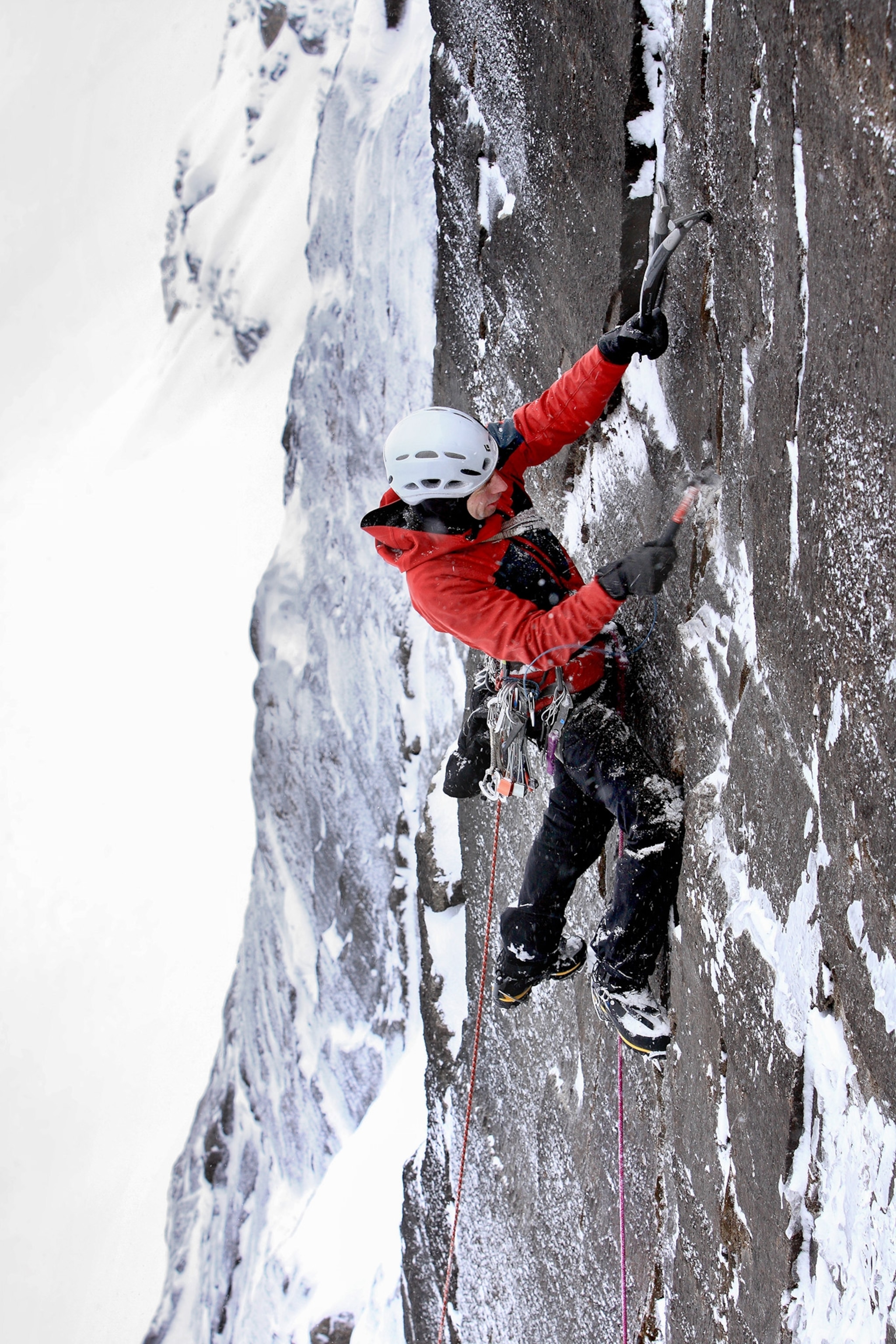
What does your wife think about the risks you take?
Maybe it helps that my wife is not a climber. As she put it, because of all the climbing I do, we effectively haven't been married that long because I am often away.
What does bother me is the idea that I’m being selfish, especially towards my wife. I know that until I come home in June, she will be very worried, and I do worry that if anything happens to me she will be the person who will bear the brunt of that. It’s something that I struggle with.
You mentioned that on these big climbs, you become just a small dot on a huge landscape. Why do you go to extraordinary lengths to put yourself in such highly vulnerable positions?
A few years ago, a friend and I climbed Cassin Ridge on Denali with just daypacks. It was cool to feel like you are out on this huge expanse of mountain all by yourselves. Obviously, we didn't have much for margin of error, but it is kind of ... looking for that right word, inspiring, scary, it's all those things at once.
Now believe me, it takes me a real effort to psych myself up for something like that. Typically, the night or two before a big climb, I don't sleep very well because my mind is just churning and I'm scared, I'm scared of what might go wrong, I'm scared of just the sheer physical effort. It takes me a few hours to kind of get into the right head space and initially, I will be thinking these down thoughts. Then past a certain point, I get into things and all of a sudden I start thinking up instead of down.
So when you get into the zone, and you are just this puny human on the side of Denali or Everest, how does it make you feel?
As long as things are going well and the weather is good, it feels great. On Denali, we had finished with all the technical difficulties and were on the upper portion of the mountain where it was just glorified steep hiking. By that point, it was midnight and bitterly cold. We were high enough that we couldn’t generate heat by moving up but we couldn’t sit and rest because we didn’t have sleeping bags and we would have just turned into icicles.
At that point, it sort of comes back to commitment. We had climbed ourselves into a situation where we had no choice but to climb through it. At the time it doesn't feel that great, but it sure feels satisfying afterwards.
It would appear that you’re upping the ante with your climbing by going for a new route on the tallest mountain in the world in alpine style. Don't most climbers become more risk averse as they get older?
That's a good question. I remember after our successful climb on K6 West people asking the question: ‘what's next?’ This reminds me of a famous Polish climbing story. Jerzy Kukuczka was leaving on his final— fatal—expedition to the South Face of Lhotse. He had already climbed all the 8,000 meter peaks, most of them in winter and by new routes and always in impeccable style. At the airport a journalist asked him: “Mr. Kukuczka, why are you doing this? Why aren’t you resting on your laurels?” His response: “Why stop when it is going so well?"
So, yes, there is a real risk that we just keep escalating. It’s natural for climbers to always be looking for something bigger. The key is to not let ambition get the better of me, to go for objectives that are meaningful, to stay within my comfort zone, and to make sure I don't feel obligated to do something just because I think somehow it is expected of me.

You’re 48. How much longer do you think you can do this?
Well, this winter I climbed Polar Circus with my dad who is 78. It’s not the pinnacle of ice climbing, but it’s a 700-meter (3,000-foot) route. I think it is pretty darn cool that my dad could still fairly easily and comfortably climb that route.
I have definitely been training for this trip, and I am close to the best cardiac shape of my life. But I can still get better. There will come a point when just maintaining will be hard enough and after that, I will kind of start down the other side of the hill. I think that will be a challenge because a lot of the appeal to climbing is that I can keep getting better at it and do harder things today than I was able to do yesterday. The legendary English climber Don Whillans called it ‘the art of down-climbing gracefully.’ Eventually, I may have to master that.
Mark Synnott is a regular contributor to National Geographic News. Follow him on Instagram and Facebook.
